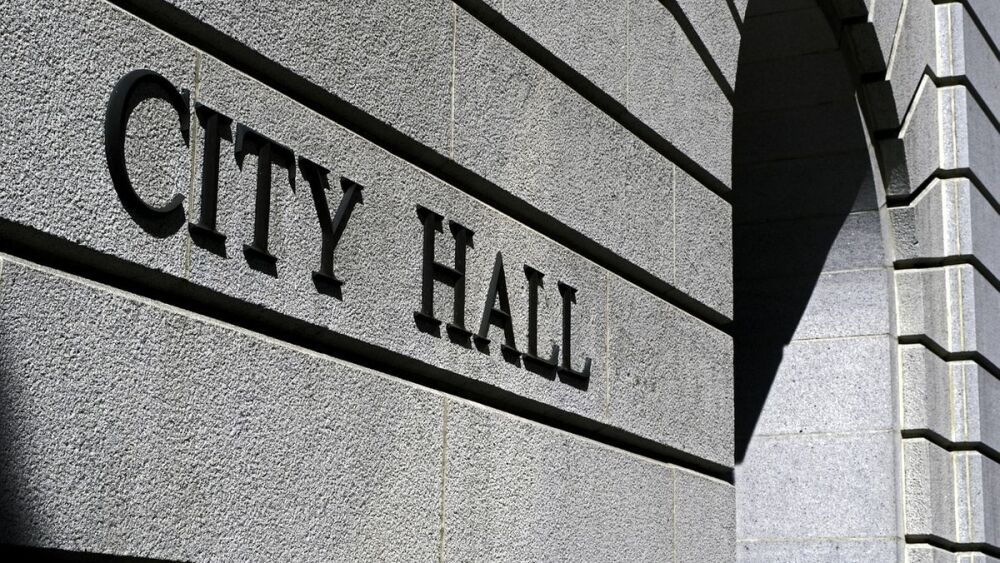The following question was recently posted on Quora:
“What are some examples of neighborhoods that improved without significant gentrification? What changes occurred - intentionally or not - that measurably improved the lives of the neighborhood’s existing residents?”
Don Johnson, urban planner and economist, responded with:
Gentrification is a very tricky concept, and as Syd Chan notes in his comment on the question, definitions are critical. If you consider gentrification to be a general rise in real estate prices, then I would say that in a market economy it’s difficult or impossible to have improvement without gentrification - it’s like asking for examples of neighborhoods that got better without gaining value.
As neighborhoods get safer, cleaner and have better environment and services, more people want to live, work and visit them, and real estate prices rise. There is a fair amount of research support that on the whole this is a good thing. There is some about definitions in another answer: Don Johnson’s answer to What is the definition of “urban revitalization”?
If on the other hand you define gentrification as existing residents/tenants getting forced out by rising prices, that’s... also tricky. There have been many ways to try and protect long term tenants (and even low income owners can have trouble if their real estate taxes go up quickly) when real estate prices rise, but most of them are various combinations of ineffective and unsatisfying. Basically, any protection you afford renters means that owners are missing out on the neighborhood’s rise, and it’s very difficult to separate “good” owners from “bad” absentee landlords. But reasonable rent control policies may be a good compromise.
But to the actual question, what are some neighborhoods that have handled gentrification well?
- Check out the Dudley Street Neighborhood Initiative in Roxbury, Boston. This non-profit group is famous in neighborhood development circles. (My favorite of their initiatives is GOTCHA (Get Off The Corner Hanging Around))
- The South Bronx, screen set a few decades ago of “The Day After” because of its resemblance to a post nuclear wasteland, is gradually turning around, but this article: Rebuilt for Comfort, Not for Speed calls it a “gentler gentrification:"
So far, it sounds like Soho in 1974 or Williamsburg in 1992—and we all know how those neighborhoods changed next. But something’s different in the Bronx. The usual gentrification script calls for manufacturing businesses to vanish from a neighborhood as residents pour in, and this part of the Bronx just isn’t headed down that road. Ask Allison Jaffe, a real-estate agent selling single- and multi-family houses for under $500,000 a few blocks inland, on Alexander Avenue. “Port Morris always sat at the crossroads of New York’s commercial routes,” she notes. “So this neighborhood will always retain a kind of mixed culture.”
I’m sure there are many more, and if I come across any I’ll post them.
I don’t know if it’s significant that both these neighborhoods were among the most troubled in their respective cities. I’m sure it is significant that both of these success stories in the making featured very strong, neighborhood based development organizations.










